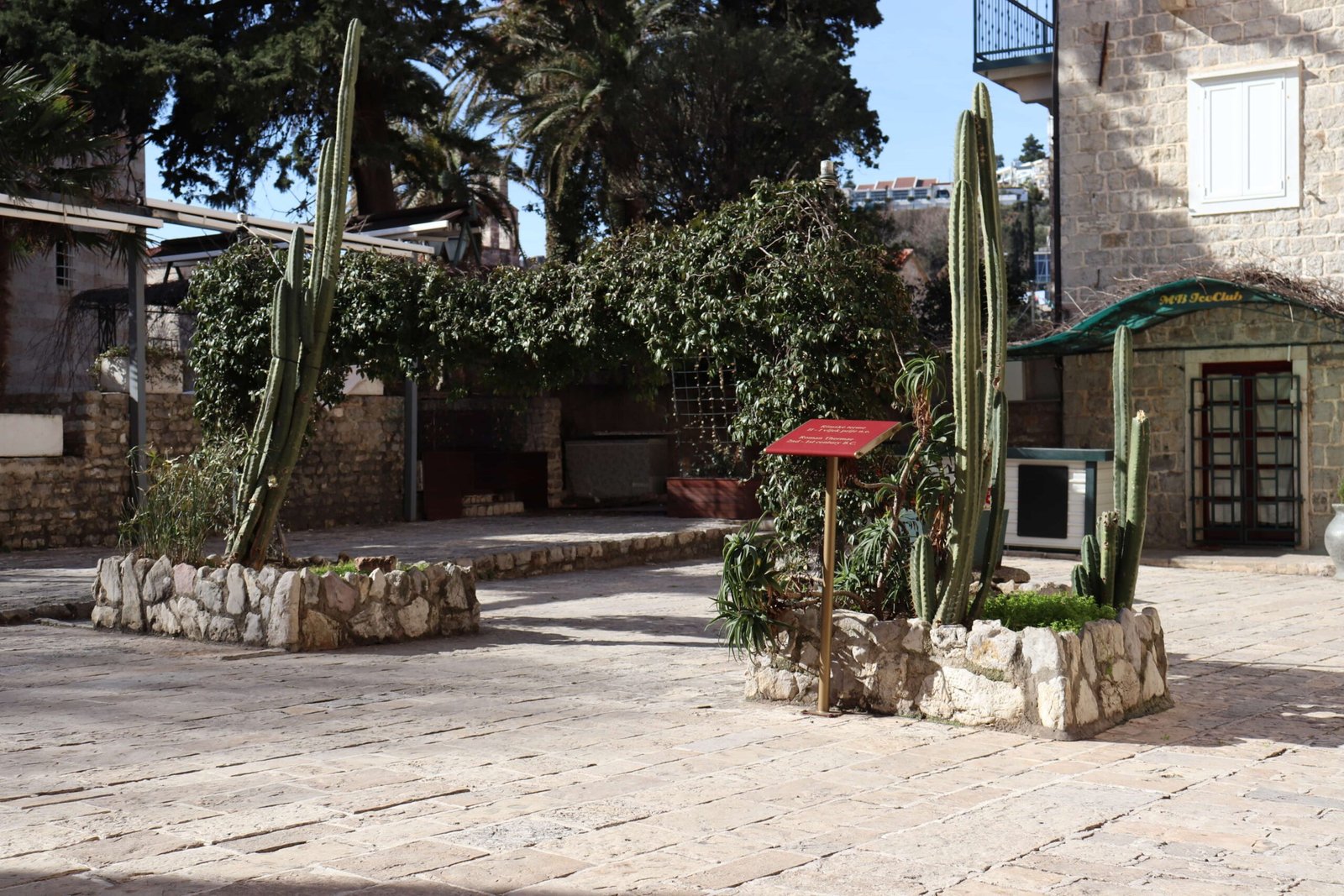Na trgu ispred crkve Svetog Ivana Krstitelja nalazile su se rimske terme – javna kupatila antičkog Rima koja su važila za jednu od centralnih tačaka javnog života. Kao i većina rimskih gradova, i antička Budva je imala ovakav tip javnog objekta sa autentičnim kadama, hipokaustima i ložionicom. Ostaci rimskih termi otkriveni su u toku istraživačkih radova u periodu od 1986. do 1987. i do danas nisu prezentovani javnosti. Tačnije, terme se nalaze ispod pomenutog platoa i nemoguće ih je sagledati, iako je 1988. godine izvedena armirano-betonska konstrukcija iznad njih, a one konzervatorski tretirane. Projektom je predviđeno sagledavanje termi sa platoa kroz staklena okna kao i silazak na nivo termi, četiri metra ispod nivoa trga.

10. Austrougarska kasarna, XIX vijek
Arhitektonska djelatnost austrougarske fortifikacije je prije svega imala za cilj preuređenje prostora za ratne i vojne potrebe. Karakteristike ovog tipa gradnje odlikuju se




